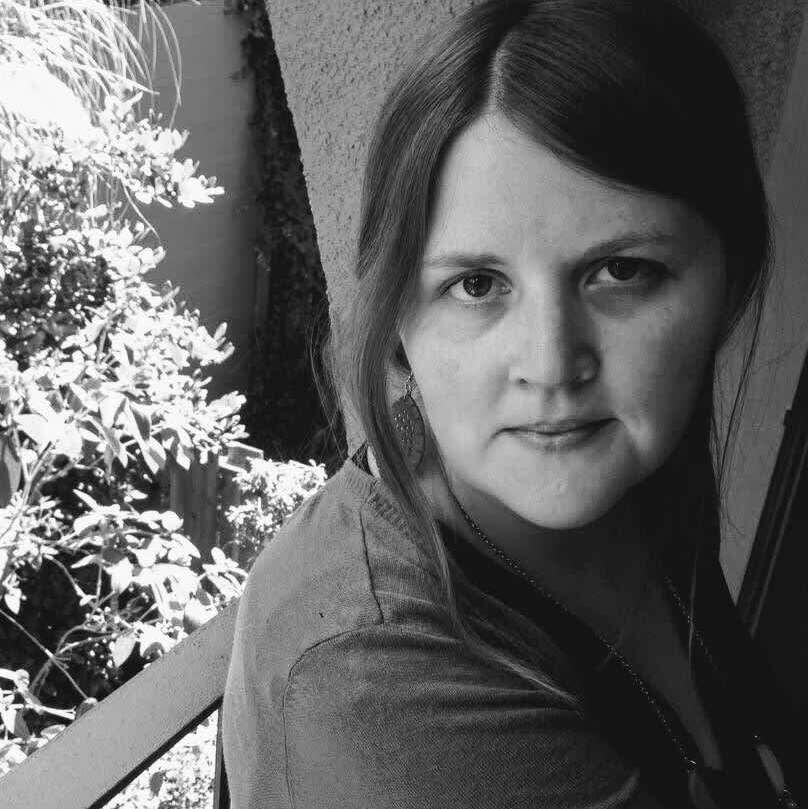Cherokee Nation Medical School to Graduate First Class
- Oklahoma State University’s College of Osteopathic Medicine at the Cherokee Nation is the only medical school located within a reservation and in partnership with a Native American tribe.
- Native Americans comprise less than 1% of medical students.
- The program allows students to work with Indigenous communities.
Oklahoma State University (OSU) is set to graduate the first class of medical students trained in partnership with a Native American tribe.
OSU’s College of Osteopathic Medicine (COM) at the Cherokee Nation offers a unique experience for students looking to study medicine and serve Indigenous communities.
The school’s dean, Natasha Bray, DO, told BestColleges that it is the first medical school in the U.S. located within a tribal reservation and run in partnership with a local tribe.
Bray said the Cherokee Nation wanted to expand its physician workforce, which kick-started a 15-year journey to develop this unique program.
“Trust becomes extremely important in those situations,” she said. “Do we have a shared vision and goal? That way, what we’re doing together, we’re really doing together, and one side isn’t using the other.”
The college, which launched in 2020, is set to graduate its first class in May 2024.
Education Aimed at Underserved Populations
Nearly every facet of OSU’s four-year College of Osteopathic Medicine at the Cherokee Nation program aims to train medical students to serve underserved populations, predominantly Indigenous and rural communities.
The first two years involve intensive classroom instruction, Bray said. During this period, students take classes — including “Service Learning and Community Engagement” and “Caring for Our Communities” — designed to teach future physicians how to work with diverse patient populations.
These courses focus on improving communication skills, learning about unique challenges for different patient groups, and meeting public health goals.
Students will get more hands-on work with the communities they intend to help in years three and four, Bray said.
This is when students do their clinical training. The College of Osteopathic Medicine at the Cherokee Nation emphasizes its “tribal training” track.
Students can work within a tribally operated healthcare system or clinic to gain experience working with Indigenous people. While about 25% of the program’s students are Native American, Bray said, that still leaves a large percentage of students who may not have extensive experience working with tribal patients.
She added that each tribal nation holds different values, so the OSU College of Osteopathic Medicine requires that medical students work rotations in different tribal nations; they can’t perform all their clinical hours within the Cherokee Nation.
The program has partnerships with three tribal nations, she said.
Hospitals and clinics located within reservations often have high vacancy rates, she said. Rotating medical students into these systems helps meet an immediate need.
It’s this boots-on-the-ground approach that sets OSU’s Cherokee Nation program apart from others across the country, Bray said.
“Most students don’t get that chance to talk to patients with different lived challenges,” she said.
Planning for the Future
The OSU College of Osteopathic Medicine at the Cherokee Nation is still fairly new, and Bray sees room for expansion in the future.
The program should partner with more tribal nations, she said. Oklahoma has 39 tribal nations, and the college currently partners with just three. Expansion will not only give students more experience with different populations but may help OSU recruit new students from those tribes, too.
“When we’re thinking about how we recruit from our tribal and rural communities … the more partners we have, the more we’re able to really work together to meet the needs of Oklahomans,” Bray said.
She added that Indigenous people are severely underrepresented as physicians. According to the Association of American Medical Colleges, U.S. Indigenous people made up just 0.2% of medical school acceptees in the 2018-2019 academic year.
Bray said she’d also like to see this program expand outside of Oklahoma, as tribal communities in other states need support, too.
She hopes that OSU’s program within the Cherokee Nation can serve as an example for other universities across the country.
However, she acknowledges that it was a long journey for OSU to get to this point.
Clinical rotations in partnership with the Cherokee Nation began in 2005, she said. Conversations to create a program in collaboration with the nation began in 2012 but took nearly a decade to finally come to fruition.
Why did it take so long, and why haven’t similar programs come before?
Bray said there are still historical scars tribal nations have when dealing with state entities.
There are countless examples throughout U.S. history of states taking advantage of tribes and breaking promises. So it took many years of partnership before OSU and the Cherokee Nation could come to an understanding with each other.
“It takes time to heal,” she said.
Most importantly, Bray said, it takes years of intentionality and laying the groundwork for a partnership like this to be successful.
She doesn’t believe OSU will forever have the only medical school on a reservation and in partnership with a tribal nation. It may take some time, but she looks forward to when OSU can help another land-grant institution kick-start a similar program.
Explore More College Resources

Easiest Medical Schools to Get Into
Interested in medical school, but intimidated about admission requirements? Learn about the easiest medical schools to get into here.

by Liz Simmons
Updated October 2, 2024

